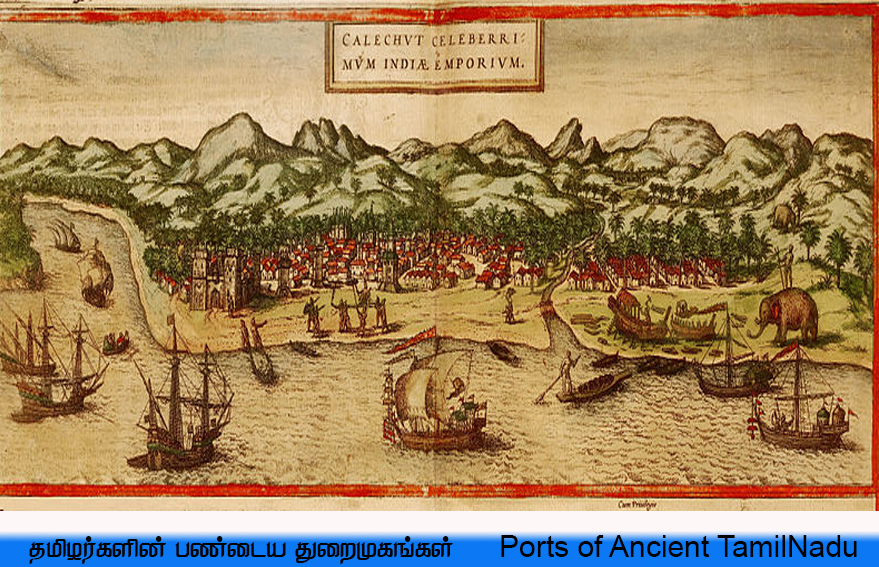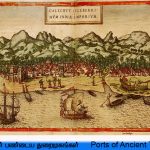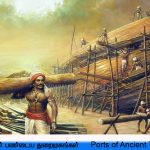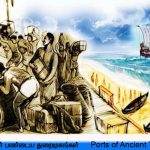

Ports of Ancient TamilNadu

Ancient Tamil people were active traders in various commodities. The economic prosperity of the Tamils depended on foreign trade. Literary, archaeological, and numismatic sources confirm the trade relationship between Tamilakam and Rome, where spices and pearls from India were in great demand. The trade route taken by ships from Rome to Tamilakam has been described in detail by the writers, such as Strabo and Pliny the Elder. Roman and Arab sailors were aware of the existence of the monsoon winds that blew across the Indian Ocean on a seasonal basis.
Kingdoms of TamilNadu encouraged the trade in two aspects. First, to provide an adequate infrastructure necessary to sustain the trade. Second, to organise an efficient administrative apparatus for taxation.
The state built and expanded the infrastructure for shipping such as Ports, Lighthouses and Warehouses near the ports to promote overseas trade. Several ports were constructed on both the east and the west coasts of Tamilakam. Kaveripumpattinam (also known as Puhar) was the chief port of the Cholas; their other ports were Nagapattinam, Marakkanam and Arikamedu, all on the east coast. The Pandyas had developed Korkai, Saliyur, Kayal, Marungurpattinam (present day Alagankulam) and Kumari (present day Kanyakumari) as their centers of trade along the east coast, while Niranam and Vilinam were their west coast ports. Muchiri, Tondi, Marandai, Naravu, Varkkalai and Porkad were the principal ports of the Cheras, all of them on the west coast. To collect revenue from commerce, the state installed customs checkposts (sungachavadi) along the highways and the ports. In the ports, duty was collected on inland goods, before being exported, and on overseas goods meant for the local markets, which were stamped with the official seal before being allowed into the country.
Also, the inland trade routes, such those going over the Western Ghats, went through thick forests. It was the duty of the state to protect the merchant caravans on these trade routes from robbers and wildlife. Main roads, known as Peruvazhi, were built that connected the distant parts of the country. Commodities like salt had to be transported long distances, such as from the sea coast to the interior villages.


